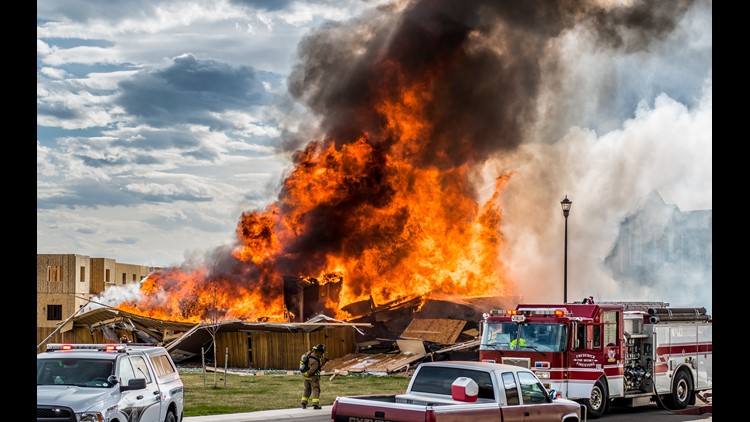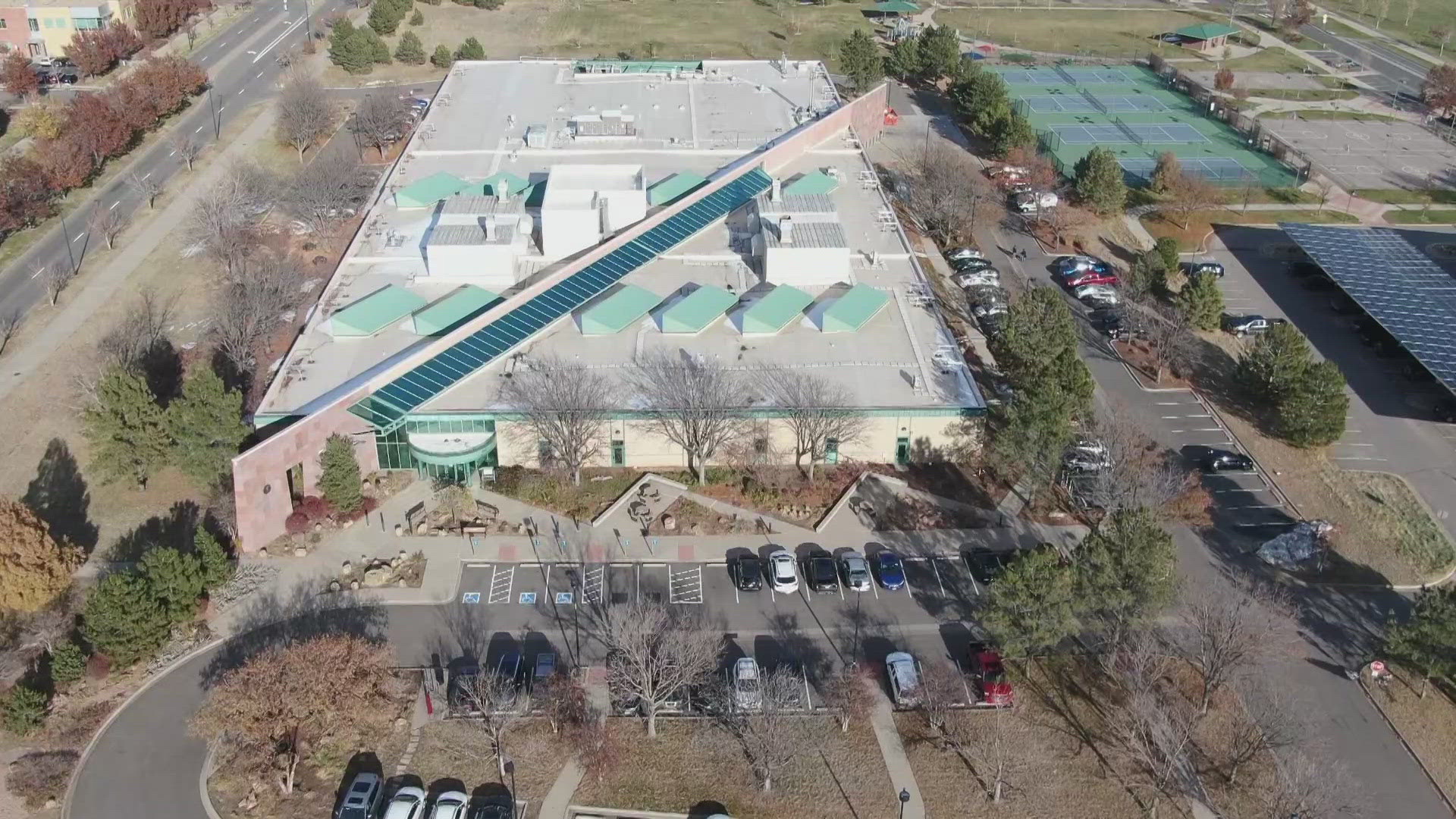The oil and gas company linked to a deadly house explosion in Firestone last April told Rocky Mountain PBS that some of its equipment was a “contributing factor” in the blast.
The federal investigation into the incident, however, may last another five to ten months, according to a spokesperson for the National Transportation Safety Board.
“It was devastating to our folks at every level,” said John Christiansen, the vice president of corporate communications for Anadarko, the company that owned the infrastructure at the time of the blast. “This is a company that has always put safety first and protection of the environment, and to have something like this occur in a place where our employees live and work [is] hard to describe.”
Risks known for years
While many have blamed a series of unforeseeable errors for the Firestone explosion, state regulators and local legislators have known about about risks associated with flowlines for several years.
In 1996, the state required operators to annually pressure test flowlines to check for problems, but it wasn’t until 2016 when Colorado regulators started auditing companies to make sure they were complying with state rules.
The move came after a 2014 risk assessment of the oil and gas industry revealed flowline failures were a “significant source of spills and releases to the environment,” and recommended that COGCC monitor their installation and operation.
What Happened
Local fire investigators initially said a cut, abandoned flowline, connected to an active well, leaked a volatile mixture of gas into Mark Martinez’s basement, where he was working with Joey Irwin, his brother-in-law, to replace a malfunctioning water heater.
The gas ignited, causing a massive explosion and house fire, killing Martinez and Irwin. Martinez’s wife, Erin, suffered significant burns but survived.
“No one really foresaw this as a potential issue,” Christiansen said of the chain of events that are suspected to be linked to the blast. “And I think going forward, there is no question there is a heightened degree of awareness around it and a need to do better.”
Christiansen said Anadarko is working to increase the frequency of integrity testing on flowlines within 300 feet of a building. Currently, the state regulation requires testing at least once a year.
The company also temporarily closed and tested more than 3,000 wells after the explosion and completely eliminated all return lines from operations that were configured in the same way as the flowline linked to the explosion.
Meanwhile, state regulators are preparing for a public rulemaking hearing in January, to address proposed changes and enhancements to Colorado’s flowline rules.
WATCH: Insight with John Ferrugia on Rocky Mountain PBS, December 14, 2017 at 7:00pm



